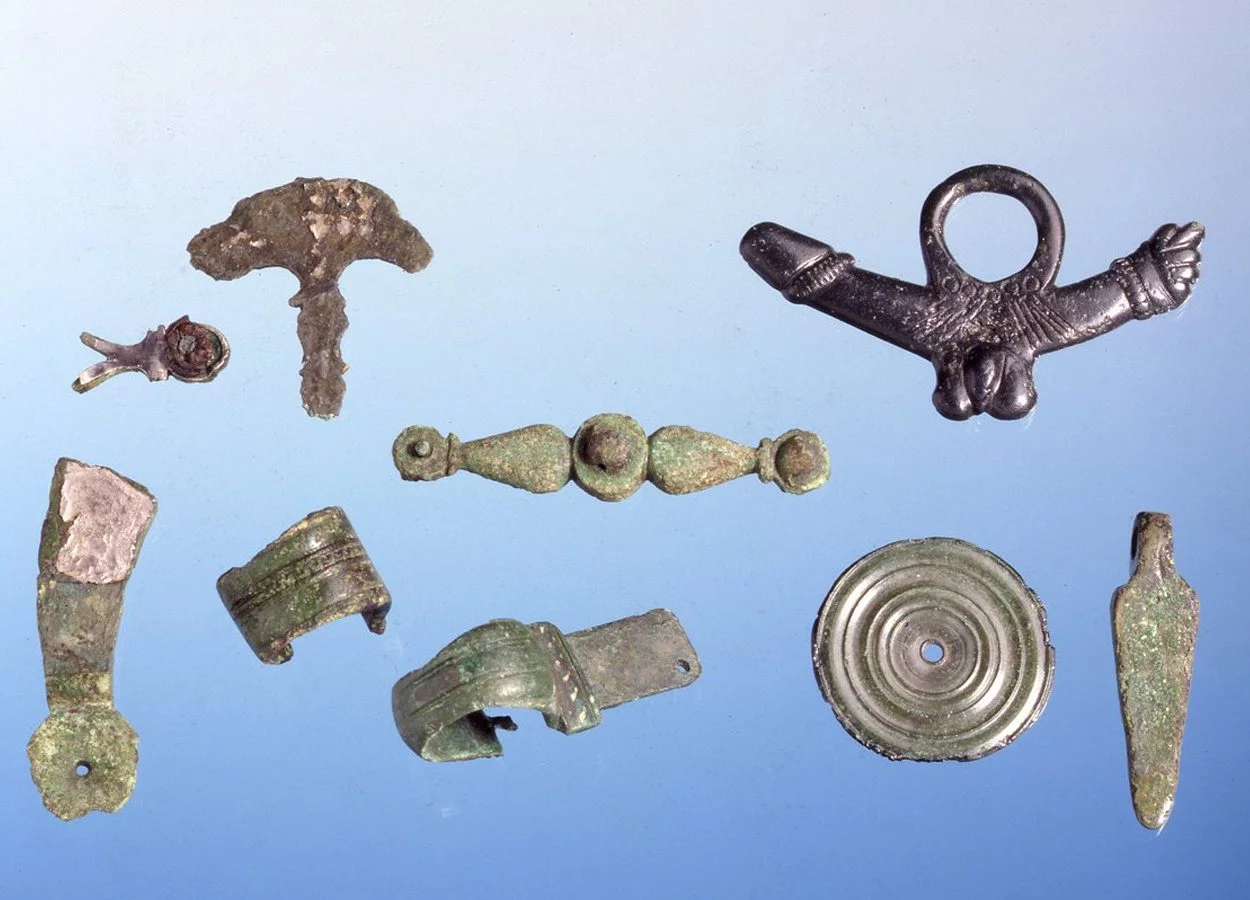A new scientific study has provided Roman legions with a so-called metallurgical fingerprint, which has allowed researchers to identify the lost 19th Legion that was completely destroyed in the Battle of the Teutoburg Forest.
The 19th Legion was founded by Augustus in 41 or 40 BC, first operating in Sicily against a revolt led by Sextus Pompey, the son of Pompey the Great.
Active throughout the Germanic campaigns of Drusus (13–9 BC) and Tiberius (8–5 BC), the 19th legion would eventually be destroyed at the Battle of the Teutoburg Forest in AD 9, resulting in the legion’s eagle being captured and the 19th name stricken from the Roman army listings.
The Battle of the Teutoburg Forest was fought between an alliance of Germanic peoples, against the Legions XVII, XVIII & XIX, 6 auxiliary cohorts, and 3 cavalry squadrons. The defeat, described as the Varian Disaster, is commonly seen as one of the most important defeats in Roman history, bringing expansion into Germanic lands by Augustus to an abrupt end.
The new study is a joint research project by scientists from the German Mining Museum Bochum, Leibniz Research Museum for Geo-Resources, and the Varus Battle Museum.

The team analysed the composition of chemical trace elements in Roman artefacts found at modern-day Kalkriese (site of the Battle of the Teutoburg Forest), which are mainly made from non-ferrous metals such as bronze and brass.
By applying a mass spectrometer to detect small traces, the researchers are able to determine the difference in the non-ferrous metal composition that differ with each legion. Each legion had their own blacksmiths for repairing and replacing weapons or equipment. This gave their metalworking a distinct chemical signature, as techniques differed in each legion’s camp.
German Mining Museum Bochum researcher, Annika Diekmann, said: “In this way, we can allocate a legion-specific metallurgical fingerprint, for which we know the camp locations at which they were stationed.”
According to historical text, the 19th was stationed in Dangstetten in southern Germany, years before the events of the Battle of the Teutoburg Forest. “We find that the finds from Dangstetten and Kalkriese show significant similarities. The finds that come from legion sites whose legions did not perish in the battle, differ significantly from the finds from Kalkriese”, added Diekmann.
Header Image Credit : iSTOCK (Under Copyright)





